Prepare to be charmed by endearing Adélie penguins, wowed by muscular orcas and won over by enigmatic leopard seals.
Antarctica isn’t just the coldest, driest and emptiest continent, it’s also home to the most pristine and untouched ecosystem on the planet. You’ll be amazed by the sheer abundance and diversity of life down South. Read on to find out more about a few of the standouts…
Penguins
Section Type: standardWidthImageS
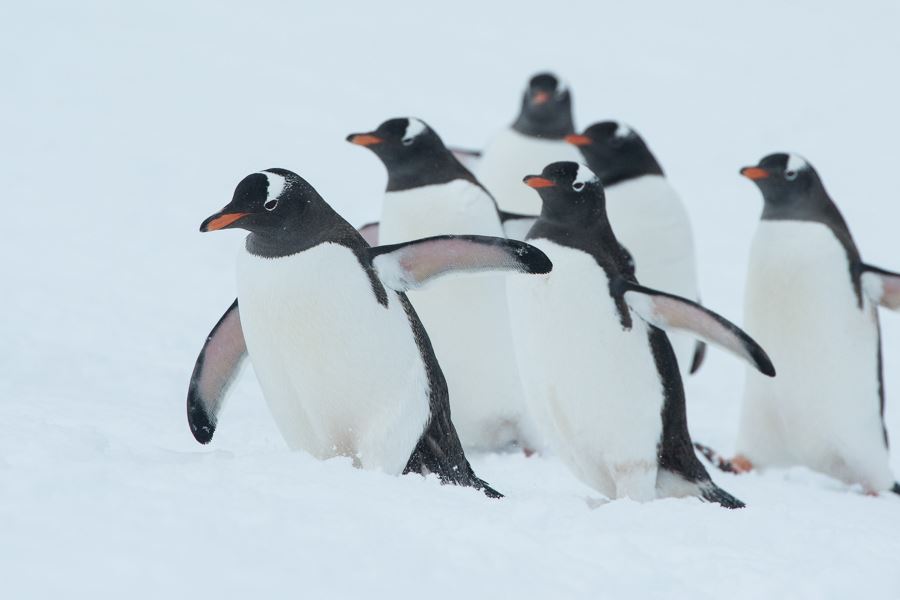
Gentoo, Adélie and Chinstrap penguins are the three remaining members of the Pygoscelis genus and you will likely encounter them all on your cruise. Gentoos are the largest and most numerous of the three, and they’re also the fastest swimmers of all penguins. Attaining speeds of 22mph puts them in the same echelon as Usain Bolt! They’re distinguished by their white ‘bonnets’ and red beaks.
Adélies are the most penguin-like of all penguins, so much so that they are almost caricatures of themselves. Named after the wife of French explorer Dumont D’Urville, these small penguins are purely black and white and have characteristic angular heads, white eye-rings and tiny bills. The best place to see Adélies is Petermann Island. Chinstraps get their name from the thin line which circles from behind one eye under the chin to behind the other eye, much like a strap on a helmet. Although they’re about the same size as Adélies, they seem to prefer warmer waters and their mating habits are a lot more aggressive. One of the biggest colonies is on Deception Island.
Section Type: standardWidthImageS
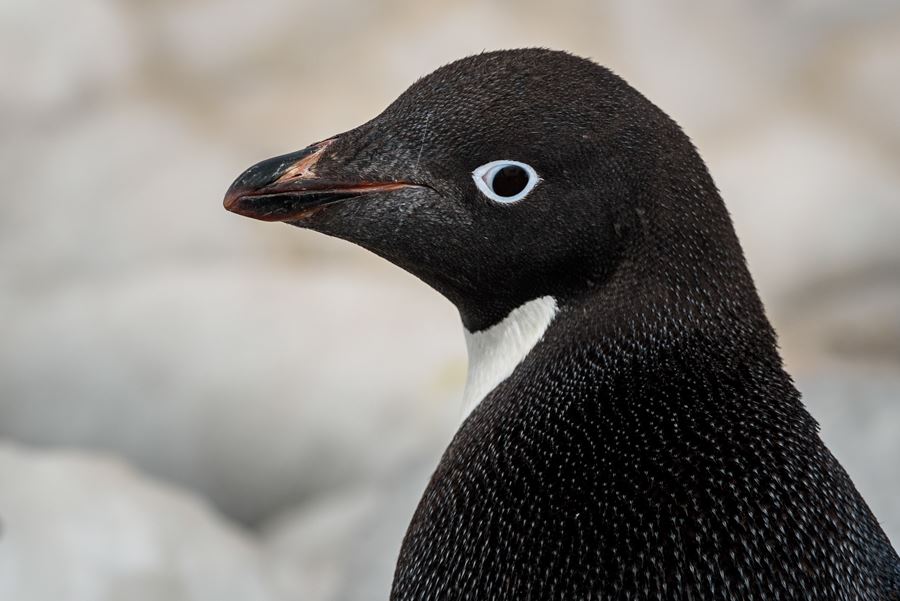
In addition to Pygoscelis penguins you’ll definitely come across scores of faintly absurd and very amusing Macaroni penguins, with their unmistakable orange combovers. One Antarctic species that you won’t get to see is the Emperor penguin – Antarctica is a huge place, and these waddling giants live further South and more inland than the tourist cruises can go.
Whales
Whales can be seen throughout the Antarctic summer (December to March), but February and March are definitely the best months. Most visitors get very excited about the prospect of spying a gargantuan Blue whale, but although Antarctica is most definitely their home range, their solitary habits and propensity to dive extremely deep under water mean they are seldom spotted. Fortunately, other species are more obliging. Humpback whales travel in pods and are known for their astonishing acrobatics and oversized flippers. Sightings of these huge whales (they measure between 39 and 52ft in length and weigh about 79,000lb on average) are virtually guaranteed on your Antarctic cruise.
Section Type: standardWidthImageS
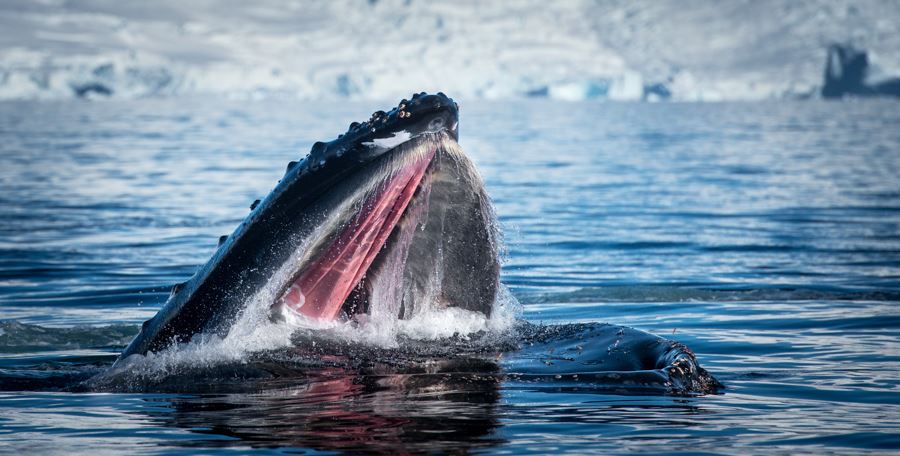
Much smaller (they’re about 25ft long) but no less entertaining are the playful Minke whales which often come up to boats see what’s going on and regularly leap right out of the water. Because of their small size they were generally overlooked by commercial whalers, and have made it into the 21st century relatively unscathed – they are now the most numerous of all baleen whales.
The Orca or Killer whale needs no introduction, but you may not be aware that Antarctica is home to a staggering 70% of the global population! Strictly speaking they’re dolphins – but try telling that to anyone who has seen their massive dorsal fins scything through ink black Antarctic waters in pursuit of a hapless seal or Minke whale. While whales can be encountered at any point during your voyage, two of the best spots are the Lemaire Channel and Wilhelmina Bay – often referred to as ‘Whale-mina Bay’!
Section Type: standardWidthImageS
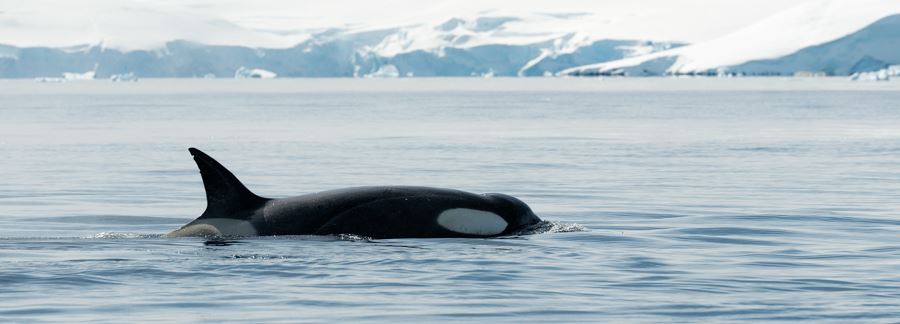
Seals
Antarctica is home to six of the world’s 17 seal species and 70% of the global seal population. In the Antarctic food chain, enormous, penguin-gobbling Leopard seals are second only to Orcas. Weighing in at 1000lb and attaining lengths of 13ft, leopard seals have had a bad rap ever since one attacked a member of Shackleton’s ill-fated expedition a century ago, but they really play a vital role in the ecosystem by keeping penguin and seal populations under control.
Section Type: standardWidthImageS
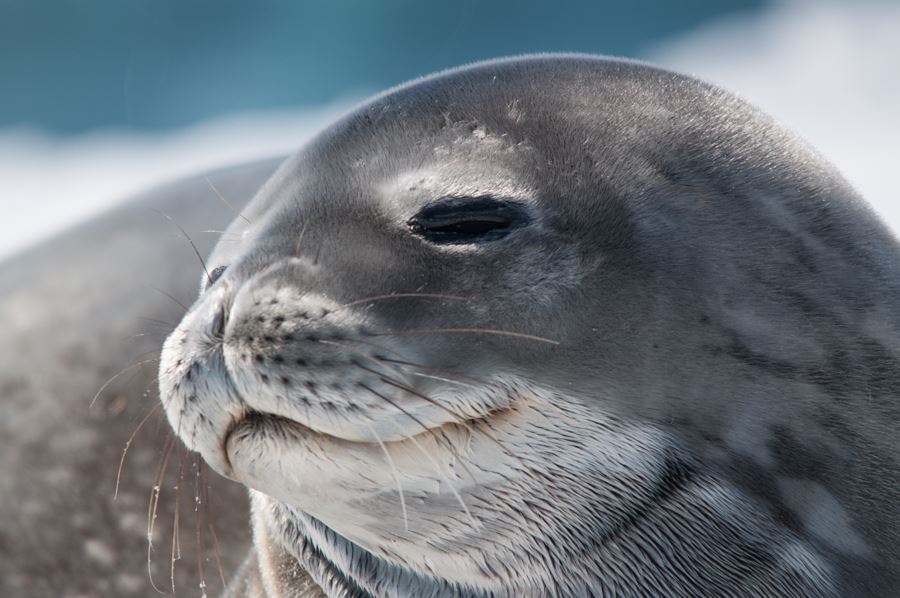
With a population of more than 30 million, Crabeater seals account for more than half of the world’s seal population. Despite the name, the major component of this seal’s diet is krill. Many Crabeaters sport dramatic scars as reminders of unsuccessful attacks by Orcas and Leopard seals. In a similar bracket is the undeniably cute and frequently sighted Wedell seal which, interestingly, will always choose to lie on snow or ice – even when warmer rock or solid ground is available.
Reaching lengths of 20ft and weights of 8000lb, the Southern elephant seal is the world’s largest species of seal. It’s also the largest member of the order Carnivora. An adult male can be as much as seven times heavier than a Polar bear, its largest terrestrial rival in the order! Elephant seals can hold their breath for 20 minutes and feed primarily on squid and fish.
Humans
Section Type: standardWidthImageS
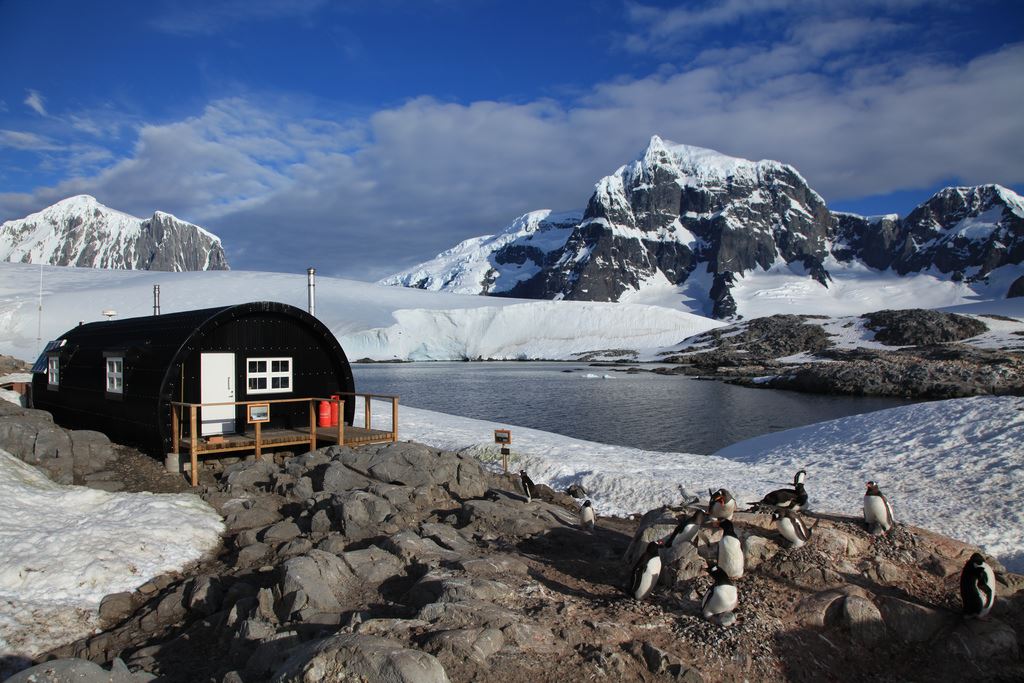
It may seem strange to add homo sapiens to this incredible lineup of fascinating Antarctic species, but without the continent’s semi-permanent population of around 4,000 scientists we would know far less about Antarctica’s animals, weather and ice conditions. The museum at Port Lockroy paints a vivid picture of the challenges faced by previous generations of Antarctic explorers, and its functioning Post Office allows you to send that once-in-a-lifetime postcard!
Section Type: cta
This blog has only scratched the surface of the wildlife wonder that is Antarctica – and there’s been absolutely no mention of the albatrosses, skuas, petrels, and shags that roam the Southern skies! Take a look at your future Antarctica expedition, and get in touch with one of our Destination Experts to experience these incredible beings yourself.
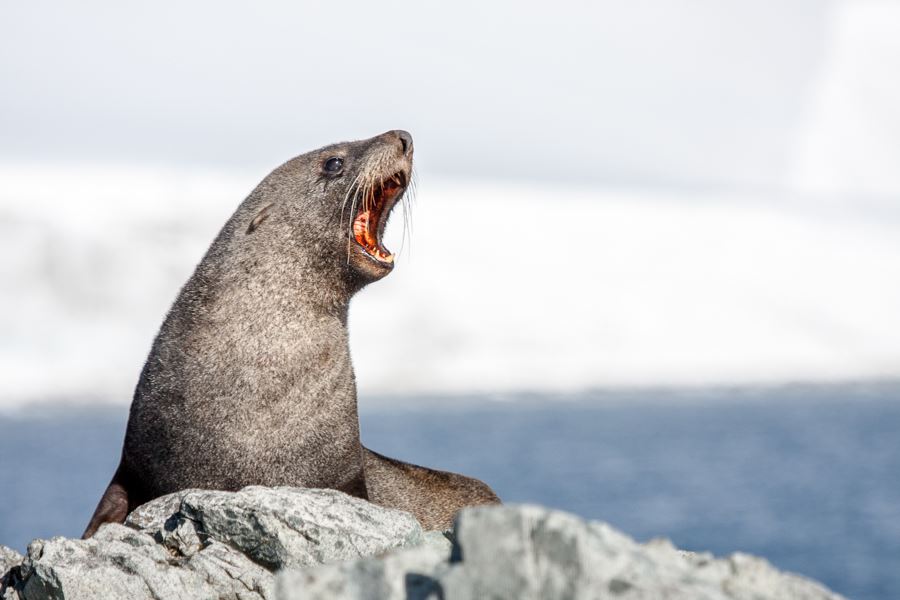
 Polar Regions
Polar Regions Polar Regions
Polar Regions